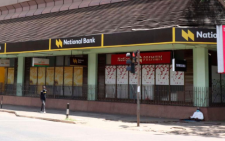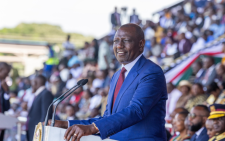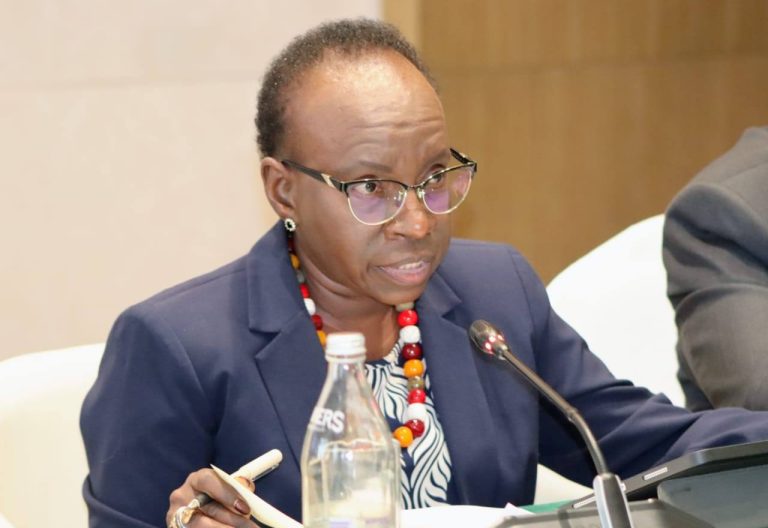CBK reveals cheapest and most expensive lenders

Central Bank of Kenya’s (CBK) report on interest rates for July showed significant disparities in the lending rates charged by banks in the local market by July 2024.
While some banks offer loans at rates below 10 per cent, others charge as much as 24 per cent per annum, even as the Central Bank Rate reduced to 12.75 per cent from 13 per cent. Among tier-one banks, Co-operative Bank of Kenya (Co-op Bank) offers the lowest lending rate at 15.18 per cent, followed by Equity Bank at 16.02 per cent. KCB’s lending rate is higher than the other two, at 16.40 per cent.
Premier Bank currently offers the lowest lending rates in Kenya, with an overall rate of 9 per cent, while Middle East Bank is the most expensive lender, with an overall rate of 20.96 per cent, according to a new report. Last year, Co-op Bank made waves by reducing its loan interest rate by one percentage point, offering relief to its borrowers amid rising living costs. This move contrasted sharply with other lenders, who were increasing their rates at that time.
The CBK report further estimates that over a five-year period, SBM Bank and Guaranty Trust Bank offered the highest rates for personal loans, at 21.79 per cent and 21.00 per cent, respectively.
In contrast, Premier Bank and Middle East Bank have provided the most affordable rates for personal loans, at 9.00 per cent and 10.84 per cent, respectively.
For business loans over the same period, Middle East Bank and SBM Bank were the most expensive, with rates of 27.00 per cent and 21.33 per cent, respectively.
Premier Bank and Diamond Trust Bank also offered the lowest rates for business loans, at 9.00 per cent and 12.18 per cent, respectively.
The report identifies Middle East Bank as the most expensive lender overall, with a lending rate of 20.96 per cent. The report indicates that the average commercial banking rate slightly decreased, falling to 16.84 per cent in July from 16.85 per cent in June, signalling a potential return to lower rates. In a recent meeting on August 6, 2024, the CBK decided to lower the Central Bank Rate (CBR) by 25 basis points to 12.75 per cent, marking the first rate cut since April 2020.
Global economic outlook
This decision, driven by an improved global economic outlook and easing inflationary pressures, follows a period where rates had been maintained at their highest levels since 2012.
Inflation in Kenya declined to 4.3 per cent in July 2024, down from 4.6 per cent in June 2024 and 7.3 per cent in July 2023, due to improved food supplies, reduced electricity prices, and stable fuel costs.
The CBK’s move is in line with global monetary trends, where major central banks are reducing interest rates in response to easing inflation. The CBK stated, “Now that we have lowered the Central Bank Rate to 12.75 per cent, we will inject more liquidity into the financial system to ensure the interbank rate aligns with the 12.75 per cent target, rather than the previous 13 per cent. This will help transmit lower rates to commercial banks.”
While announcing the reduction early last month, it noted that the banking sector remains stable and resilient, with strong liquidity and capital adequacy ratios. The ratio of gross non-performing loans (NPLs) to gross loans stood at 16.3 per cent in June 2024 compared to 16.1 per cent in April.
The increase is mainly attributed to a decrease in gross loans between the two periods of 1.5 per cent compared to a lower decrease in NPLs by 0.7 per cent. Decreases in NPLs were noted in the real estate, manufacturing, trade and building, agriculture transport and communication sectors. Banks have continued to make adequate provisions for the NPLs.
Growth in commercial bank lending to the private sector stood at 4.0 per cent in June 2024 compared to 4.5 per cent in May, partly reflecting exchange rate valuation effects on foreign currency-denominated loans following the appreciation of the Shilling. Growth in local currency-denominated loans stood at 10.2 per cent in June, with foreign currency-denominated loans, which account for about 26 per cent of total loans, contracting by 13.3 per cent.















